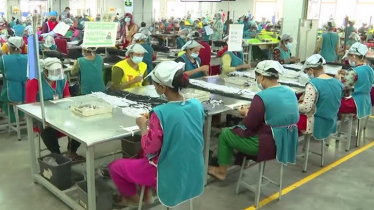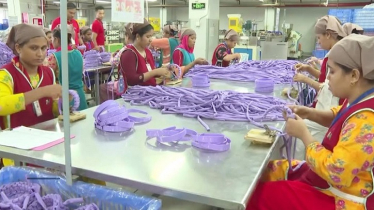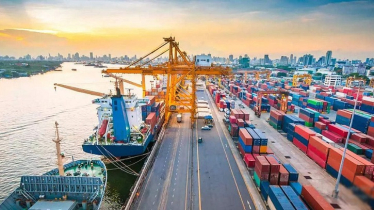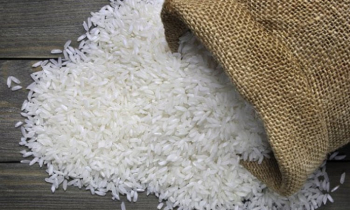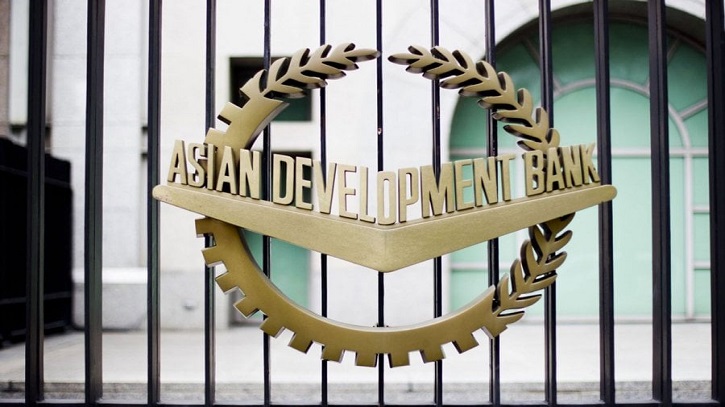
The Asian Development Bank (ADB) has projected a slight improvement in Bangladesh’s economic growth, forecasting a 5 percent GDP expansion for the 2025–26 fiscal year. The forecast, published Tuesday in the Asian Development Outlook (ADO), indicates a modest recovery compared with an estimated 4 percent growth in the outgoing fiscal year.
According to ADB’s analysis, last year’s growth was hampered by political instability, labor disputes, recurrent flooding, and high inflation that weakened overall demand. Inflation reached double digits due to supply disruptions and currency depreciation. Although the manufacturing sector showed signs of revival toward the end of the year, these challenges weighed heavily on the economy.
However, strong recovery in exports and comparatively lower imports contributed to a small surplus in the current account. For the upcoming fiscal year, growth is expected to reach 5 percent, though the figure is slightly below ADB’s April projection. Experts caution that the United States’ new tariff policies, tighter fiscal and monetary measures, and a cautious investment climate may restrain growth.
ADB noted that sustaining higher growth will depend on improving the business environment to enhance competitiveness, attracting greater investment, and ensuring reliable energy supply.
Ho Yun Jeong, ADB’s Country Director for Bangladesh, emphasized that challenges in the banking sector remain unresolved and that the impact of U.S. tariffs on Bangladesh’s trade has yet to be fully felt. “To achieve stronger economic performance, it is essential to address these vulnerabilities. Downside risks remain for FY2026, including trade uncertainties, banking sector weaknesses, and potential policy rigidities. Prudent macroeconomic management and accelerated structural reforms are crucial,” he said.
The ADO report also projected inflation to rise to 10 percent in FY2025, up from 9.77 percent the previous year, driven by weak competition in wholesale markets, inadequate market information, supply chain bottlenecks, and a depreciating currency. The current account is expected to post a marginal surplus of 0.03 percent of GDP in FY2025, reversing a 1.5 percent deficit in FY2024. This improvement is supported by a narrower trade gap and strong remittance inflows.
In FY2026, growth will be primarily driven by increased consumption, bolstered by remittance flows and election-related spending. However, contractionary fiscal and monetary policies, coupled with heightened investor caution, may dampen investment. The 20 percent tariff hike imposed by the United States on Bangladeshi exports and intensifying competition in the European Union and global markets are expected to pressure the export sector. Exporters may be forced to lower unit prices in response to this increased competition.
Economists warn that to sustain growth and mitigate risks, Bangladesh must focus on building a more business-friendly environment, improving competitiveness, attracting new investment, and ensuring dependable energy supply. They further noted that geopolitical tensions, global trade uncertainty, and banking sector fragility could pose major challenges in the coming years.


